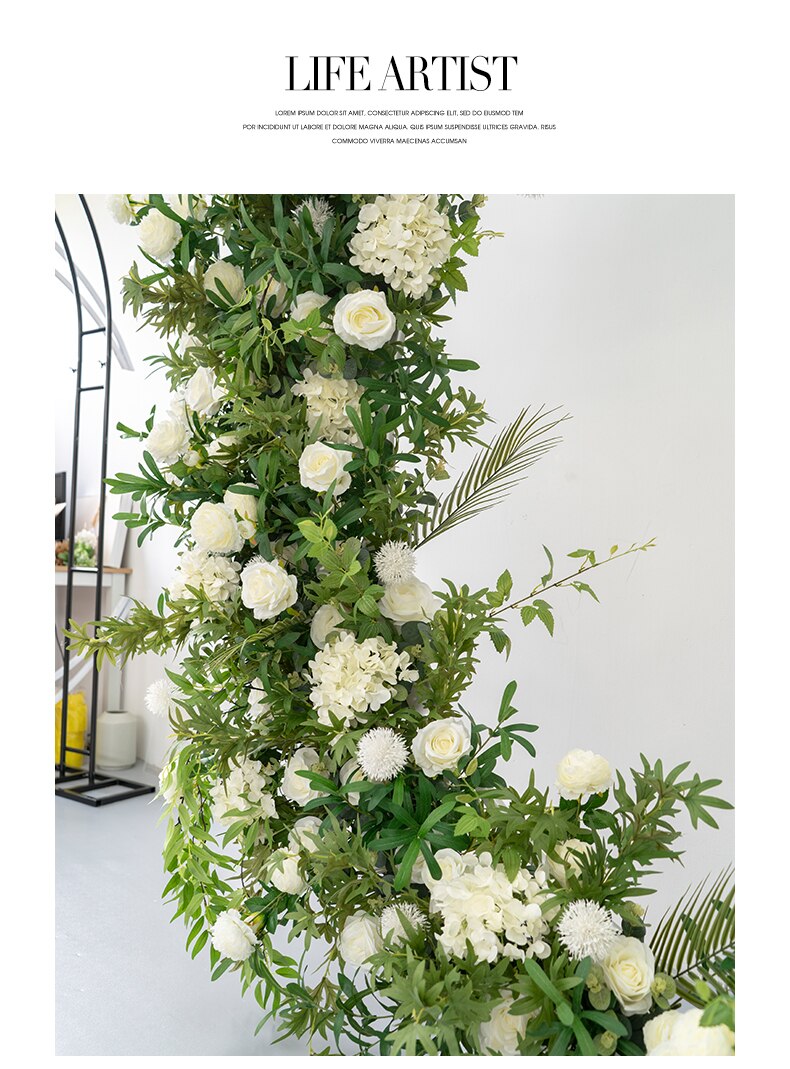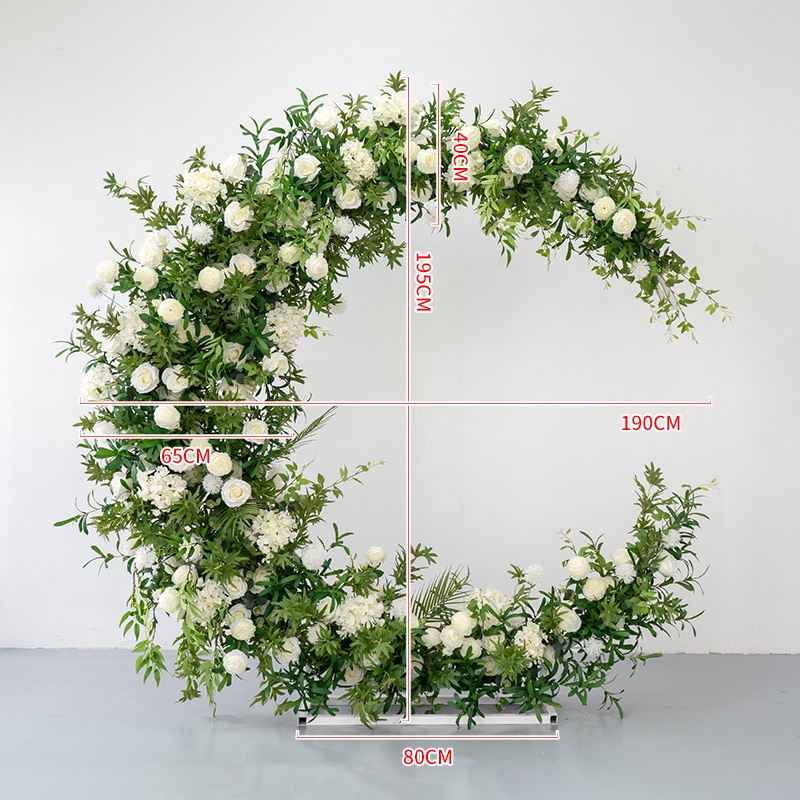can plants live off artificial light?
Yes, plants can live off artificial light. Artificial light sources, such as fluorescent lights or LED grow lights, can provide the necessary light spectrum for photosynthesis, allowing plants to grow and survive. However, it is important to ensure that the artificial light source emits the appropriate wavelengths of light that plants need for photosynthesis, including red and blue light. Additionally, the intensity and duration of artificial light exposure should be carefully regulated to mimic natural sunlight conditions for optimal plant growth.
1、 Photosynthesis and artificial light: current understanding and applications
Yes, plants can live off artificial light through a process called photosynthesis. Photosynthesis is the process by which plants convert light energy into chemical energy, which is then used to fuel their growth and development. In natural conditions, plants rely on sunlight as the primary source of light for photosynthesis. However, with the advancements in technology, artificial light sources have been developed to mimic the spectrum and intensity of sunlight, allowing plants to thrive indoors or in environments with limited access to natural light.
Artificial light sources, such as fluorescent lamps, LED lights, and high-intensity discharge lamps, can provide the necessary light energy for photosynthesis. These artificial lights can be adjusted to emit specific wavelengths of light that are most beneficial for plant growth. For example, blue light is essential for vegetative growth, while red light promotes flowering and fruiting.
Recent studies have shown that plants can indeed thrive under artificial light conditions. Researchers have been able to optimize the light spectrum and intensity to enhance plant growth and yield. Additionally, the use of artificial light allows for precise control over the light cycle, enabling year-round cultivation and increased productivity.
However, it is important to note that not all artificial light sources are equally effective for photosynthesis. The quality and intensity of light, as well as the duration of exposure, play crucial roles in determining plant growth and development. Therefore, it is essential to carefully select and properly set up artificial light systems to ensure optimal plant growth.
In conclusion, plants can live off artificial light through photosynthesis. The latest research and advancements in artificial light technology have demonstrated the potential for indoor and controlled environment agriculture, enabling year-round cultivation and increased crop productivity.

2、 Artificial light as a substitute for natural sunlight in plant growth
Yes, plants can live off artificial light as a substitute for natural sunlight in their growth. Artificial light sources, such as fluorescent lights, LED lights, and high-intensity discharge (HID) lamps, can provide the necessary light spectrum for photosynthesis to occur. These lights emit specific wavelengths of light that plants can absorb and convert into energy.
Artificial light has been used successfully in various applications, including indoor gardening, greenhouses, and vertical farming. In these controlled environments, artificial light allows plants to grow and thrive without access to natural sunlight. This is particularly beneficial in regions with limited sunlight or during the winter months when daylight hours are shorter.
Advancements in technology have also led to the development of specialized LED lights that can mimic the specific light spectrum of natural sunlight. These lights can be customized to provide the optimal wavelengths for different stages of plant growth, promoting photosynthesis and enhancing plant development.
However, it is important to note that while artificial light can sustain plant growth, it may not fully replicate the benefits of natural sunlight. Natural sunlight provides a broader spectrum of light, including ultraviolet (UV) and infrared (IR) wavelengths, which can have additional physiological effects on plants. Some studies suggest that exposure to natural sunlight can enhance plant nutrient content and overall quality.
In conclusion, while plants can survive and grow under artificial light, the use of natural sunlight is still considered the gold standard for optimal plant growth and development. Artificial light can be a viable substitute, especially in controlled environments, but it may not provide all the benefits that natural sunlight offers.

3、 The impact of different artificial light spectra on plant growth
Yes, plants can live off artificial light. The impact of different artificial light spectra on plant growth has been extensively studied, and it has been found that plants can thrive under certain types of artificial light.
Traditionally, plants have been grown under natural sunlight, which provides a full spectrum of light including all colors of the rainbow. However, with advancements in technology, artificial light sources such as fluorescent lamps, LED lights, and high-intensity discharge lamps have been developed to provide specific wavelengths of light that are essential for plant growth.
Different light spectra have different effects on plant growth. For example, blue light promotes vegetative growth and is important for leaf development, while red light stimulates flowering and fruiting. By manipulating the ratios of blue and red light, it is possible to control the growth and development of plants.
Recent studies have shown that plants can grow and develop normally under artificial light sources, as long as the light spectrum provided is appropriate for their specific needs. LED lights, in particular, have gained popularity in indoor gardening and vertical farming due to their energy efficiency and ability to provide specific light spectra.
However, it is important to note that while plants can survive under artificial light, they may not thrive as well as they would under natural sunlight. Natural sunlight provides a more balanced spectrum of light, including ultraviolet (UV) and infrared (IR) wavelengths, which are important for certain physiological processes in plants.
In conclusion, plants can live off artificial light, but the impact of different light spectra on plant growth should be considered. Further research is needed to fully understand the effects of artificial light on plant physiology and to optimize artificial lighting systems for plant growth.

4、 Optimizing artificial light intensity for plant photosynthesis and development
Yes, plants can live off artificial light. Artificial light sources, such as fluorescent lamps, LED lights, and high-intensity discharge (HID) lamps, can provide the necessary light spectrum for photosynthesis and plant development. These light sources can be optimized to provide the right intensity and spectrum of light for different stages of plant growth.
Optimizing artificial light intensity is crucial for plant photosynthesis and development. The intensity of light affects the rate of photosynthesis, which in turn affects plant growth and productivity. Different plant species have different light intensity requirements, and these requirements can vary depending on the growth stage of the plant. For example, seedlings and young plants generally require higher light intensities compared to mature plants.
Recent advancements in LED technology have allowed for more precise control over light intensity and spectrum. LED lights can be customized to emit specific wavelengths of light, which can be tailored to the specific needs of different plant species. This has led to the development of specialized LED grow lights that can provide optimal light conditions for plant growth.
Furthermore, research in the field of plant photobiology has provided insights into the specific light wavelengths that are most beneficial for different plant processes. For example, blue light is important for promoting vegetative growth, while red light is crucial for flowering and fruiting. By understanding these specific light requirements, artificial light sources can be fine-tuned to provide the ideal light spectrum for maximizing plant growth and development.
In conclusion, plants can indeed live off artificial light, and optimizing the intensity and spectrum of artificial light sources is essential for promoting photosynthesis and plant development. Ongoing research and advancements in LED technology continue to improve our understanding of plant photobiology and enable us to provide the most suitable artificial light conditions for different plant species and growth stages.









































Leave your comment